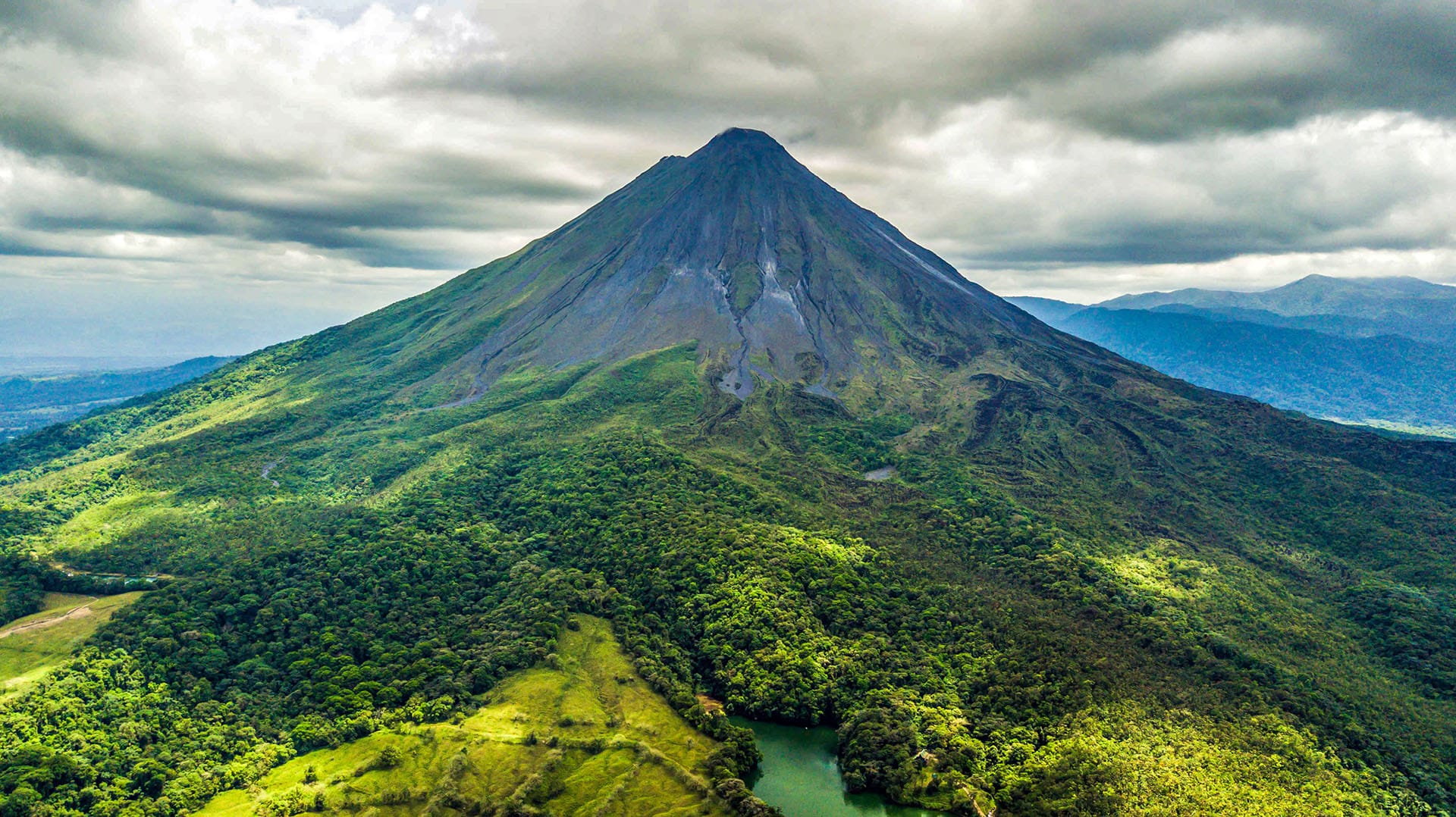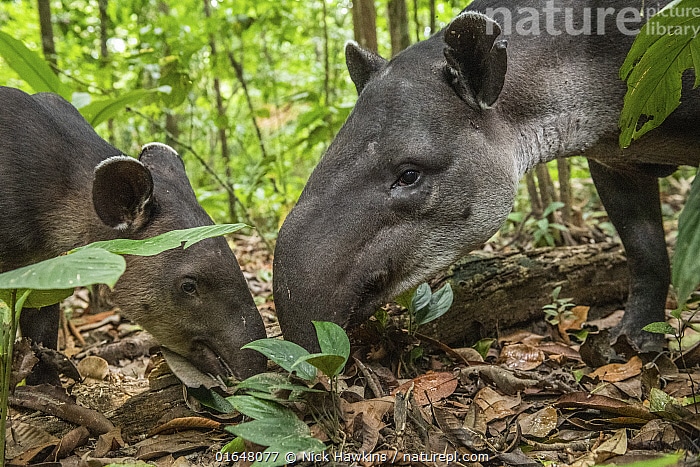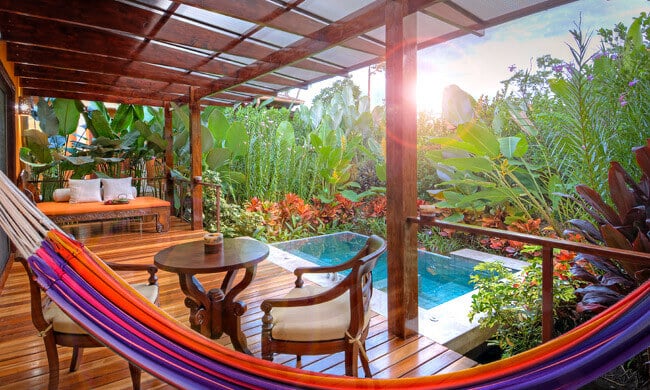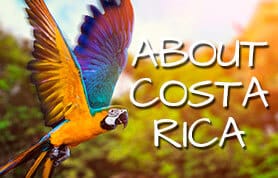The Manuel Antonio National Park in Costa Rica is one of the most visited natural conservation areas in the South Pacific and Central America. Specifically it is located in the province of Puntarenas, which is, in turn, a large area of land with incredible white sand beaches. Best of all, these beaches are protected by this wonderful park, that is, when we visit it, we also have access to this natural spectacle.
Manuel Antonio National Park is a natural conservation area located on the central Pacific coast of Costa Rica, in the canton of Quepos, province of Puntarenas. The park is located about 157 km south of the city of San José, the capital of Costa Rica and 7 km south of the city of Quepos, between Damas and Matapalo. It was established on November 15, 1972 with an extension of 1,983 ha in the terrestrial part and 55,000 ha in the marine part, dedicated to conservation, research and ecological tourism oriented towards environmental education.
Manuel Antonio visitors can enjoy a relaxing day on one of the four pristine beaches or take a walk through the vibrant and green rainforest. From natural seawater pools with crustaceans to endangered species of monkeys and stunning panoramic views, the “Manuel Antonio National Park” is a spectacular vacation destination.
For lovers of observing or photographing nature there is the wonderful flora and fauna of this magical place;
Flora
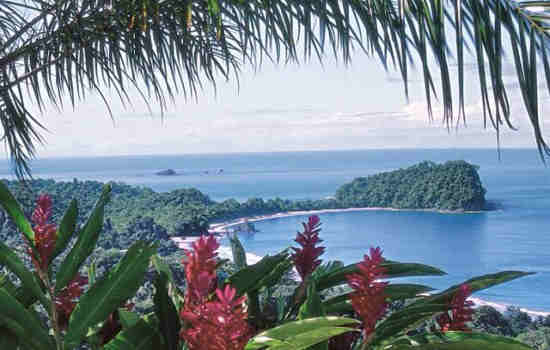
Protects patches of primary forest, secondary forest, mangrove, beach vegetation, marine environments, islands and a lagoon of 14 ha, the most characteristic species of flora within the primary forest are the guácimo colorado, the pylon, the cedar maria, the guapinol white, the surá, the black guapinol, timber tree in danger of extinction, the milky, the cenízaro and the ceiba tree.
The mangrove that covers approximately 18 ha, is made up of three species, red mangrove, white mangrove and black mangrove, in the vegetation of the beach stands the Manzanillo, a tree that has a milky substance and poisonous fruits, the almond tree, the savanna oak and the coconut.
Native Fauna
Capuchin monkey (Mono Capuchino)
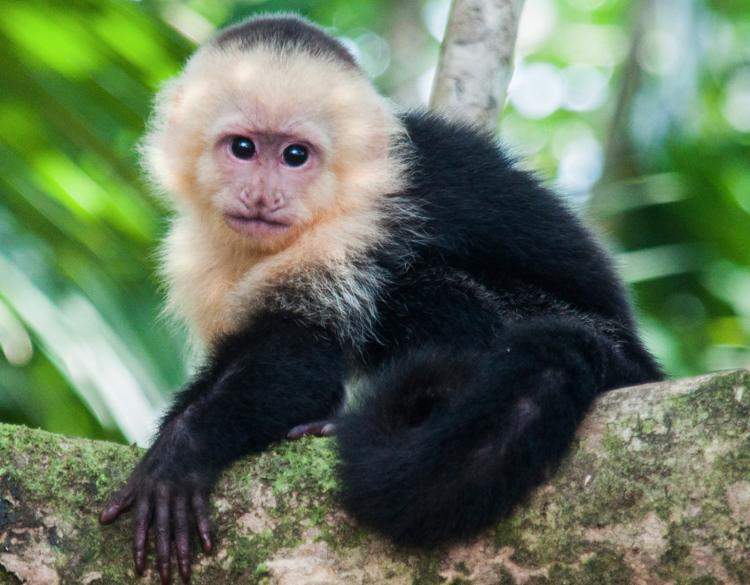
This park is home to the capuchin monkey (or white faced monkey). On the guided trail tour, you can see it jumping in the trees. This monkey is an endangered species due to the latent disappearance of its natural habitat. Curiously (and I say it negatively) white-faced monkeys have learned to steal food from tourists. They mostly never try to steal fruit or natural products, they always go for processed food like chocolates, and other snacks. Maybe this is due to the previous interactions that they have had with humans, in which they probably tried some processed element with sugar, which probably turned those cute and innocent monkeys into addicted to this kind of food.
lazy bears (Osos perezosos)
Within the Manuel Antonio National Park in Costa Rica, two species of lazy bears coexist, the one with two and three fingers. Due to the disturbing presence of many tourists, park guides advise visitors of things they may or may not do in the presence of these mammals.
How to get to Manuel Antonio National Park?
From Quepos (city that is 60 km south of San José, capital of Costa Rica) you can go by public transport. The journey takes about three hours. If you choose this option, you can buy bus tickets at the center station itself, it is always recommended to do it with advance.
Manuel Antonio National Park ticket price. How much does it cost?.
- The ticket to enter has a cost of $ 17 (the price may vary depending on the price of the colon). Children enter for free!
- Very important. They only accept VISA credit card.
Four Beautiful Beaches
Manuel Antonio National Park is one of the few parks that consists of primary and secondary forests, as well as several attractive beaches. At various points in the park, the trails branch out and lead to four separate beaches: Espadilla Sur, Manuel Antonio, Escondida and Playita. Guests can enjoy swimming, snorkeling and surfing. A narrow land bridge separates the two most popular beaches with Espadilla Sur to the north and Playa Manuel Antonio to the south. The most popular of these is Manuel Antonio Beach, with its half mile of silky white sand and a magnificent coral reef offshore, making it a perfect beach to swim carefully and dive.
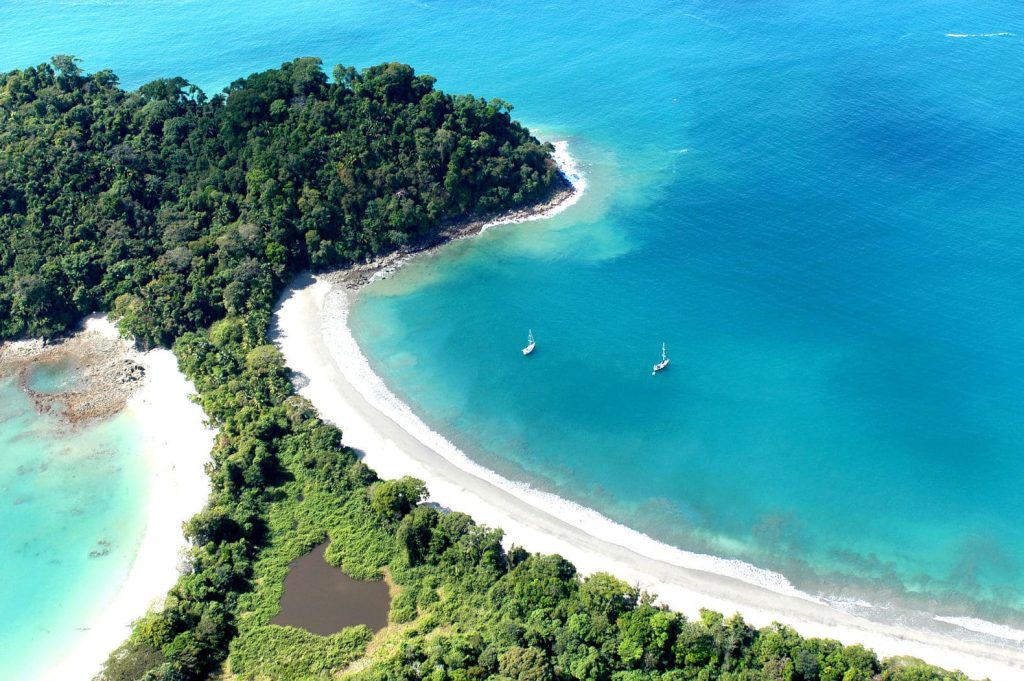
The tourist offer adapts to all budgets and the area is known for its theme restaurants and nightlife. Manuel Antonio Beach is the most beautiful of all and also the most visited. With a length of 450 meters, it is the most appropriate for snorkeling. In addition, towards the right side, next to Punta Catedral, there is what is known as La Trampa, used by the natives to catch fish and turtles, according to legend. In the past Punta Catedral was an island and has a geomorphological formation called Tóbolo, where many species passed from the coast to the island. Walking through the interior through the path, you can see patches of primary and secondary forest, as well as excellent viewpoints, from where you can see several islands located in front of the continent.
Recommendations before visiting the place.
- Being a natural park inside there are no restaurants, shops or bars. It is recommended that you bring plenty of water and food.
- Do not feed the monkeys and avoid having your food stolen. Our foods can damage them stomach and create addictions.
- There is a free public beach near Manuel Antonio, we recommend you stop to taste a delicious coconut for 2 dollars.
Some important aspects that you need to to know about weather: The climate is characterized by its high temperatures. The average annual temperature is 27 °C, with a minimum temperature of 20 ° C. The average annual rainfall is 3,875 mm. The dry months are January, February and March; The rainiest are August, September and October. So you better be prepared with the necessary items for these temperatures

